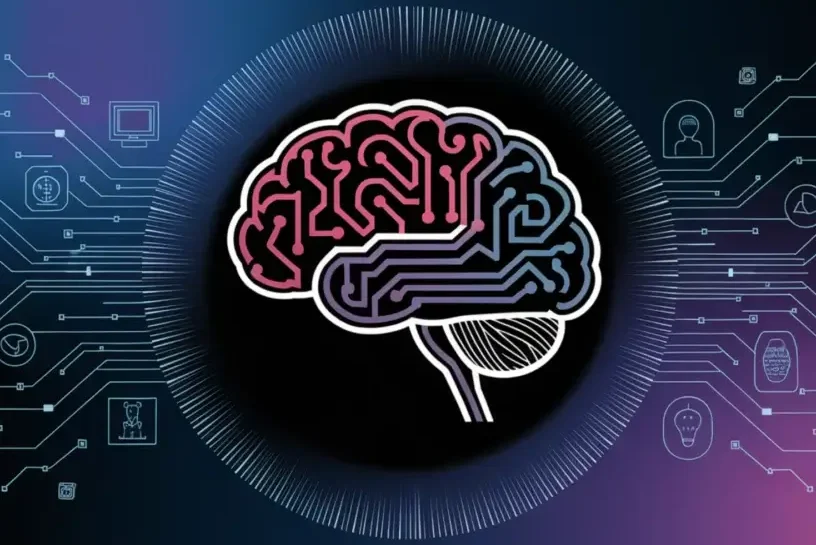Natural Language Processing (NLP) has undergone a remarkable journey, evolving from basic rule-based systems to advanced machine learning models that power modern AI applications. This progression reflects the growing complexity and capability of technologies designed to understand and generate human language.
The Early Days of NLP: Rule-Based Systems
In its early days, NLP relied heavily on rule-based systems, where linguists manually crafted sets of rules to process language. These systems were deterministic and performed well for specific tasks, such as grammar checking or keyword-based search. However, they struggled with ambiguity and variations in human language, limiting their scalability and adaptability.
For example, a rule-based system might identify nouns and verbs based on predefined patterns, but it would fail to understand context-dependent meanings. These limitations highlighted the need for more flexible and robust approaches to language processing.
The Advent of Statistical Methods
The 1990s marked a turning point in NLP with the introduction of statistical methods. Techniques such as Hidden Markov Models (HMMs) and Conditional Random Fields (CRFs) allowed systems to learn language patterns from large datasets. Statistical NLP shifted the focus from rule-based logic to probabilistic modeling, enabling more accurate predictions and insights.
One of the key breakthroughs during this era was the development of part-of-speech tagging systems that could assign grammatical categories to words based on their context. Statistical machine translation also emerged as a significant application, laying the groundwork for modern translation tools.
Machine Learning Revolutionizes NLP
The rise of machine learning further revolutionized NLP, introducing algorithms capable of processing vast amounts of data to identify complex patterns. Support Vector Machines (SVMs) and decision trees became popular for tasks like sentiment analysis and spam detection. However, these models often required extensive feature engineering, making them labor-intensive and prone to errors.
Deep learning addressed many of these challenges by automating feature extraction. Recurrent Neural Networks (RNNs), and later LSTMs and GRUs, enabled systems to capture sequential dependencies in text, making them ideal for applications like language modeling and chatbot development.
The Era of Transformers
Transformers have since become the dominant architecture in NLP. Introduced in 2017 with the “Attention Is All You Need” paper, transformers revolutionized language processing by leveraging self-attention mechanisms. Unlike RNNs, which process text sequentially, transformers can analyze entire sentences or documents simultaneously, significantly improving efficiency and context understanding.
Models like BERT (Bidirectional Encoder Representations from Transformers) and GPT (Generative Pre-trained Transformer) have achieved state-of-the-art results across various NLP tasks. BERT excels at understanding context by considering words in both directions, while GPT focuses on generating coherent and contextually relevant text.
Implications for Industries and Society
The advancements in NLP have profound implications for industries and society. Businesses leverage NLP-powered tools for customer service, market analysis, and personalized marketing campaigns. Governments use NLP to analyze public sentiment, detect misinformation, and streamline administrative processes.
However, the widespread adoption of NLP also raises ethical concerns. Issues such as data privacy, algorithmic bias, and the misuse of generative models highlight the need for responsible AI development. For instance, deepfake technology, powered by NLP and computer vision, poses significant challenges to trust and security.
The Future of NLP: Towards Universal Understanding
Looking ahead, the future of NLP lies in achieving universal language understanding. Multilingual models are breaking barriers by supporting hundreds of languages, while advancements in zero-shot and few-shot learning are enabling systems to perform tasks with minimal training data.
Researchers are also exploring ways to make NLP models more explainable and transparent, addressing concerns about algorithmic decision-making. Integrating NLP with other AI domains, such as robotics and computer vision, will unlock new applications, from intelligent personal assistants to autonomous systems.
As NLP continues to evolve, it will play a pivotal role in shaping the future of human-machine interaction. By bridging linguistic and cultural divides, NLP has the potential to foster global collaboration and understanding, making it one of the most transformative technologies of our time.



